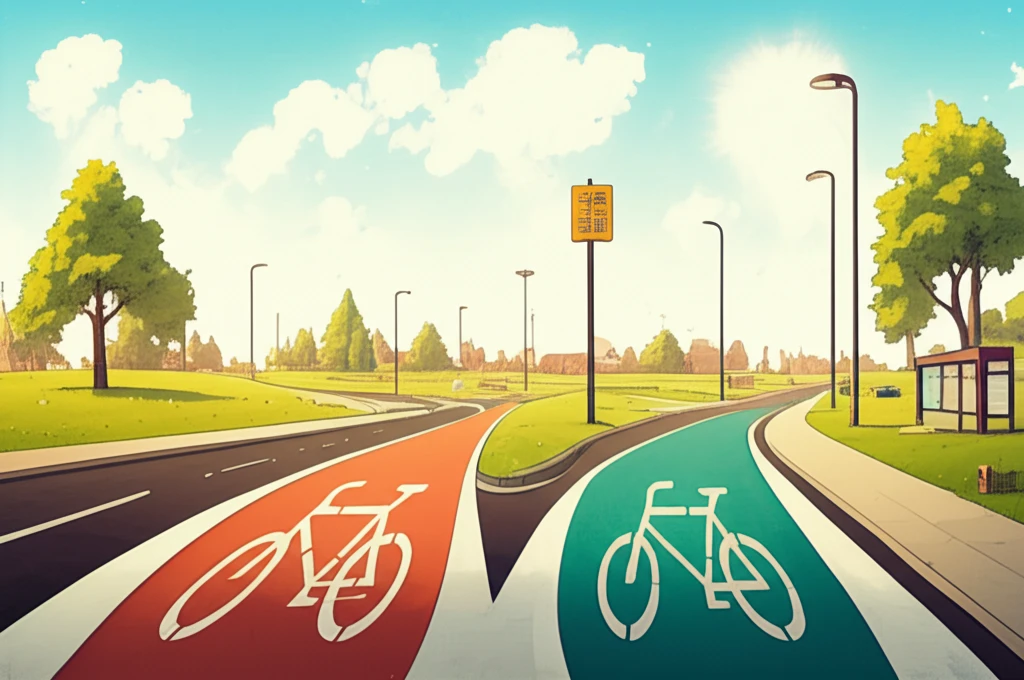
Bike-Friendly Cities: How Connected Infrastructure Boosts Home Values & Community
"Uncover the hidden economic benefits of interconnected bike paths and local amenities, transforming neighborhoods into desirable, thriving communities."
In today's urban planning, there's a growing emphasis on creating vibrant, walkable communities that prioritize the health and well-being of their residents. A key component of this vision is the development of interconnected active transportation networks, with a particular focus on bike facilities. Cities across the nation are expanding their bike lane networks, and residents are increasingly recognizing the value of these amenities.
But what impact do bike facilities have on the local economy and property values? As active transportation infrastructure gains traction, it's crucial to understand how homeowners perceive these features and how they complement existing community assets. This exploration delves into the economic impact of interconnected active transportation infrastructure, examining how bike facilities and their connections to local amenities can boost property values and enhance community appeal.
Planners are looking at ways to connect bike networks to existing infrastructure. Given the importance of local governance in these choices, understanding the impact on nearby homeowners is essential for evaluating competing projects and targeting investments to areas with the greatest potential benefits.
The Capitalization of Connectivity

Research conducted in Franklin County, Ohio, provides valuable insights into how interconnected active transportation infrastructure affects property values. The study, titled "Capitalization of interconnected active transportation infrastructure," investigated the impact of connections between local amenities and bike facilities on single-family home prices. The results reveal that proximity to bike facilities generally leads to positive capitalization, particularly with on-road facilities.
- On-Road Facilities: Proximity to on-road bike facilities generally increases home values.
- Bus Stop Connections: On-road bike facilities connected to bus stops can decrease property values.
- Open Space Connections: On-road bike facilities connected to local open spaces boost property values.
- Non-Road Facilities: Connectivity with public spaces for non-road facilities increases home value.
Planning for a Bike-Friendly Future
Creating bike-friendly communities is more than just building bike lanes; it's about strategically connecting people to the places they want to go. By understanding the nuances of how residents perceive and value these connections, planners can make informed decisions that lead to increased property values, healthier lifestyles, and more vibrant, thriving communities.
